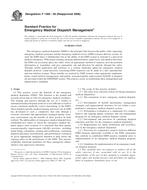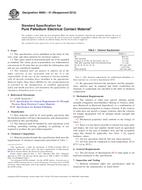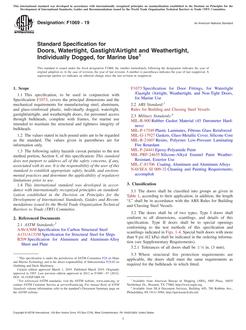1.1 This guide outlines how to visually assess exterior stone masonry walls and facades to determine their general condition. Examining key features of the construction can help identify and diagnose problems which require repairs or corrective action. Such an examination can expose conditions which may be addressed with maintenance and minor repairs, or may require expert assistance. This guide is not intended to be used for buildings requiring major exterior rehabilitation or structural repairs.
1.1.1 This guide applies to walls of solid stone or dimension stone used as a cladding. Stone cladding is typically connected to a backup material with a variety of anchoring methods, including traditional hand-set masonry anchors such as straps, dowels, cramps, hook-and-eyes, dove-tails, wire ties, and the like. Joints between stones in these types of buildings are usually filled with mortar or sealant. Sealant-filled joints are usually designed to accommodate structural and thermal movements.
1.2 This guide specifically excludes dimension stone used in interior building surfaces, flooring or paving, slate dimension stone used as roofing. Though they share some similar assessment and maintenance concerns, thin stone (less than 2 in. nominal thickness) exterior cladding, and stone cladding attached to metal flames are also excluded due to their unique design characteristics and performance requirements. Although procedures and cautions listed herein may apply to walls and facades containing semi-dimension, or partially sized, stone in the form of split-face, or rubble and to stone-facade concrete panels, the guide is not specifically directed to such stone use. It does not address removal of small-area stains.
1.3 This guide offers an organized collection of information or a series of options and does not recommend a specific course of action. This document cannot replace education or experience and should be used in conjunction with professional judgment. Not all aspects of this guide may be applicable in all circumstances. This ASTM standard is not intended to represent or replace the standard of care by which the adequacy of a given professional service must be judged, nor should this document be applied without consideration of a project's many unique aspects. The word “Standard“ in the title of this document means only that the document has been approved through the ASTM consensus process.
1.4 The values stated in inch-pound units are to be regarded as standard. The values given in parentheses are mathematical conversions to SI units that are provided for information only and are not considered standard.
1.5 This standard does not purport to address all of the safety concerns, if any, associated with its use. It is the responsibility of the user of this standard to establish appropriate safety and health practices and determine the applicability of regulatory limitations prior to use.
Product Details
- Published:
- 10/01/2011
- Number of Pages:
- 7
- File Size:
- 1 file , 150 KB
- Redline File Size:
- 2 files , 280 KB


